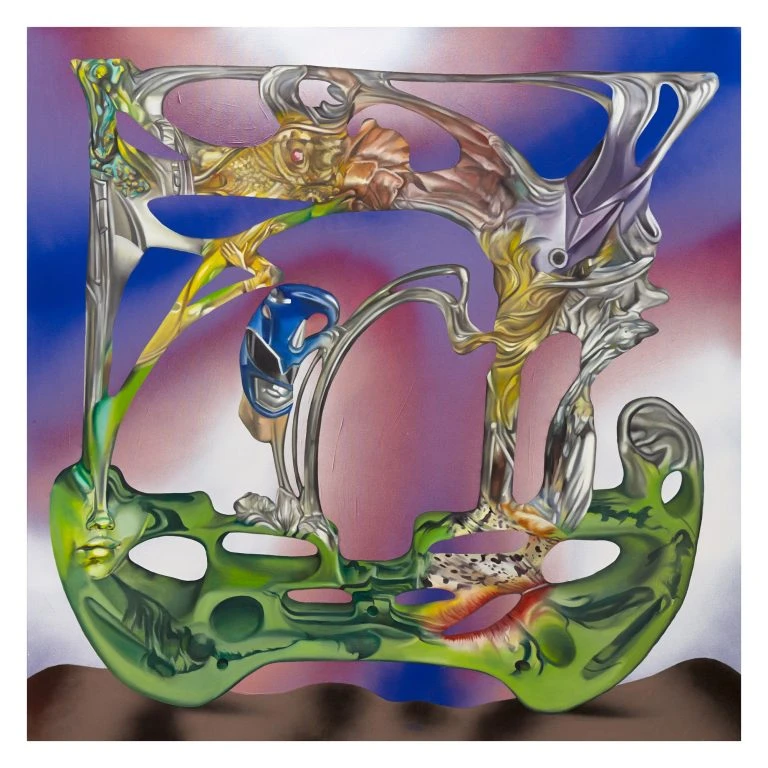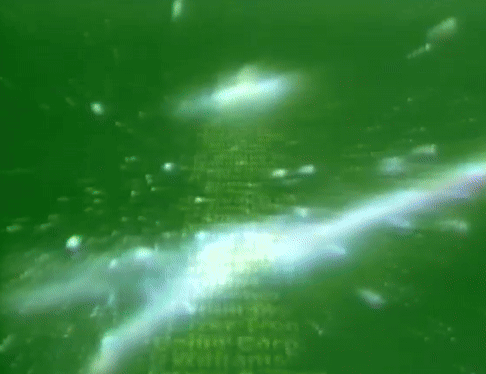07 Oct 2025
Soundscape | Xoán-Xil López
Essayby Xoán-Xil López
Among the possible uses of the word “tropo", there is the musical practice of adding or superimposing new material onto a pre-existing work.
—
Following an invitation from artist Fernando José Pereira and the first soundscape he created for Umbigo.space, this second composition returns to the idea of dilated time as a utopia of listening faced with the relentless acceleration of attention in digital media, and expands its linearity to a vertical axis, settling into other possible lapses defined by simultaneity or sedimentation.
Thus, Tropo exists in itself as an autonomous creation, possessing its own identity, but it can fold back onto the piece with which Fernando opened this series. Tropo is, ultimately, a fold, as Deleuze would say. In many ways, it is an unfolding that “becomes accumulation.”
This composition was created solely and exclusively from the sounds generated by the Iberian organ at the University of Santiago de Compostela, a device built between 1800 and 1802, which still reveals features that follow Baroque standards. Its timbral possibilities rest largely on the multiplicity of sound registers that can be combined and superimposed, while being fed by the air blown by the bellows, built “fold upon fold,” forming the air reserve with which the pressure is controlled.
But Tropo is, first and foremost, a chronological fold, which proposes a possible dialogue between digitally created sounds and those emitted by an acoustic instrument that, more than 225 years later, remains fully relevant and in rebellion against an obsolescence that, in most cases, reacts more to issues and interests marked by technological capitalism than to aesthetic or symbolic proposals.
—
The Soundscape section is curated by Fernando José Pereira
BIOGRAPHY
Xoán-Xil López is a sound artist/composer and researcher. His work revolves around the practice of phonography and sound experimentation, which takes the form of installations, immersive listening scenarios, compositions, performances, and texts. Much of his artistic/musical production is developed through research processes that center on the sound dimension of different cultural and technological practices, perceiving listening as a form of knowledge. His works have been exhibited at international institutions such as Ars Electronica (Austria), New Media Gallery (Canada), Schlossmediale (Switzerland), and Le Bon Accueil (France), and in Spain at the Reina Sofía Art Museum, IN-Sonora, Etopia Art and Technology Center, and LABoral, among others. He has taught workshops, seminars, and conferences on sound art at universities and creative centers such as UCLA's Art|Sci, the Centre de Recherche sur l'Espace Sonore et l'environnement Urbain, the University of Porto, the Museum of Contemporary Art ZKM, and Medialab Prado. Furthermore, he was part of the interdisciplinary collective dedicated to the study of soundscapes, Escoitar.org (2006–2016), and, in collaboration with the group Haarvöl, his music was released by the label Crónica Electrónica.
Previous
interview

01 Oct 2025
Mental Photoshop: Botond Keresztezi on Memory, Technology, and Time Collapse
By Alexander Burenkov
Next
showcase

08 Oct 2025
Deep Space Invaders
By Pedro Cabral Santo
PROJECT SPONSORED BY